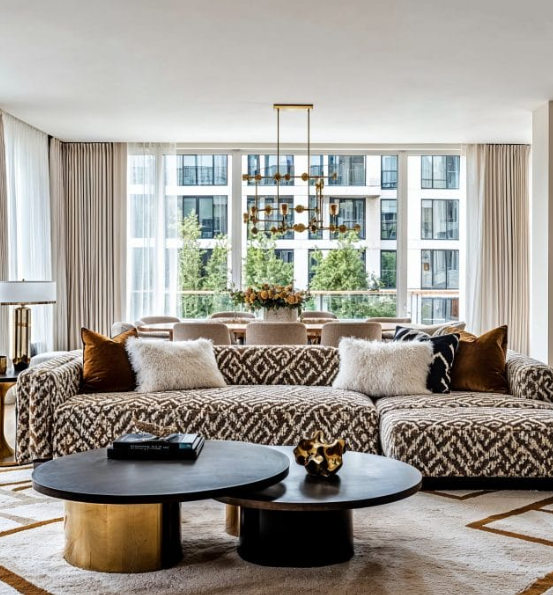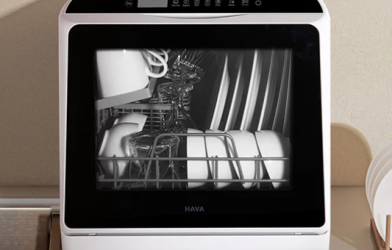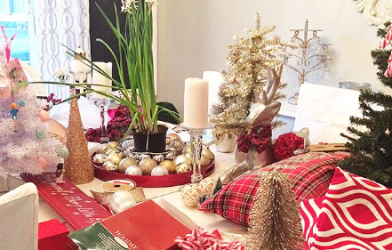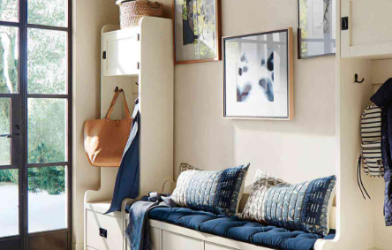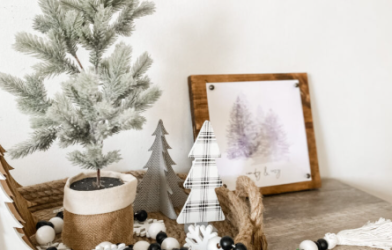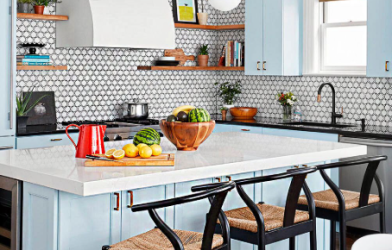Subtotal $0.00
When it comes to decorating your home, even the most stylish spaces can fall victim to common mistakes. From mismatched furniture to overlooking the power of lighting, these errors can quickly make your home feel chaotic rather than chic. Fortunately, avoiding these pitfalls is easier than you might think!
1. Mismatching Without a Clear Vision
A common mistake in decorating is choosing items without a clear style direction. While it’s great to want a unique, personal space, combining different looks without a cohesive theme can create a disjointed atmosphere.
To avoid this, start by selecting a primary design style to guide your choices. Whether it’s modern, rustic, or coastal, having a central theme helps ensure your furniture, colors, and accessories work well together. This unifying vision will keep your design consistent, even when mixing different styles. If you prefer an eclectic approach, having this overarching style will make sure all the elements balance each other out.
2. Failing to Consider Scale and Proportion
A huge part of creating a stylish room is understanding scale and proportion. Many people make the mistake of buying furniture that either overwhelms or underwhelms the space. For example, a large sofa crammed into a small room can make it feel cramped and uninviting.
Before making any purchases, measure both the furniture and the room. This ensures that each piece fits well and contributes to a balanced and functional layout. Additionally, scale plays a role in other elements like rugs and artwork. A rug that’s too small can disrupt the room’s flow, and oversized artwork can overpower a smaller space. Keep these proportions in mind to create a harmonious look.
3. Ignoring Layered Lighting
Lighting is often an afterthought, yet it can make or break a room. Harsh overhead lights or cool-toned bulbs can leave a space feeling cold and uninviting.
The key to perfect lighting is layering. Use multiple light sources, such as overhead lights, table lamps, and sconces, to create a warm, inviting atmosphere. Warm-toned bulbs are ideal for most spaces, while cooler lighting may be more appropriate for areas like the kitchen. Mixing lighting types allows you to craft different moods and bring out the beauty of your design.
4. Pushing Furniture Against the Walls
A common decorating mistake is pushing all your furniture against the walls. While this might seem like a way to make a room feel bigger, it actually disrupts the flow and creates a less inviting atmosphere.
Instead, try bringing furniture inward to create a more functional, cozy layout. This approach defines different areas in an open-concept room and encourages easy movement throughout the space. Even in smaller rooms, leaving a little space between furniture and walls can improve flow and create a sense of openness.
5. Not Testing Paint or Wallpaper Samples
Choosing paint colors or wallpaper can be tricky. Lighting, surrounding colors, and even the undertones of a shade can make it look completely different once applied to a large surface.
Always test paint samples directly on your walls before committing. This will allow you to see how the color changes in different lighting conditions. The same goes for wallpaper—order a sample and place it on the wall to evaluate its scale, texture, and overall feel in your space. Taking this extra step will save you time and money in the long run.
6. Leaving Exposed Cords and Cables
Exposed cords can make even the most stylish space look cluttered. While they may seem like a small detail, tangled cables can detract from the neatness of your design.
Take the time to organize and hide cords. Cable covers, organizers, or wall-mounted raceways can keep your space looking tidy. A little effort to conceal your cables will make a big difference in how polished your room looks.
7. Neglecting Texture and Contrast
A room filled with matching, flat materials can feel lifeless. Adding a variety of textures is key to creating depth and visual interest.
Mixing soft, plush elements like a velvet sofa with rougher textures, such as wood or metal, adds dimension to your space. Don’t forget to play with contrast as well—pairing dark tones with light ones, or glossy surfaces with matte finishes, can make a room feel more dynamic and visually appealing.
8. Overcrowding Surfaces
When styling surfaces like bookshelves or coffee tables, it’s easy to go overboard. Too many objects can create visual clutter and make your space feel chaotic.
Instead, aim for balance by limiting the number of items on your surfaces. A simple rule of thumb is the “rule of three” – group items in odd numbers for a more balanced look. Focus on a few statement pieces, and leave some surfaces open for a clean, organized feel.
By avoiding these common decorating mistakes, you can create a space that’s not only functional but also beautifully styled. Keep these tips in mind, and you’ll be well on your way to designing a home that reflects your personal style while being stylish and comfortable.




